The gap between Armenian transit dreams and Azerbaijan's reality Roads to nowhere
Armenian Prime Minister Nikol Pashinyan made a bold statement during the "Crossroads of Peace: Uniting Security and Democracy" conference in Yerevan. However, like many of his speeches, it was quite disconnected from reality.
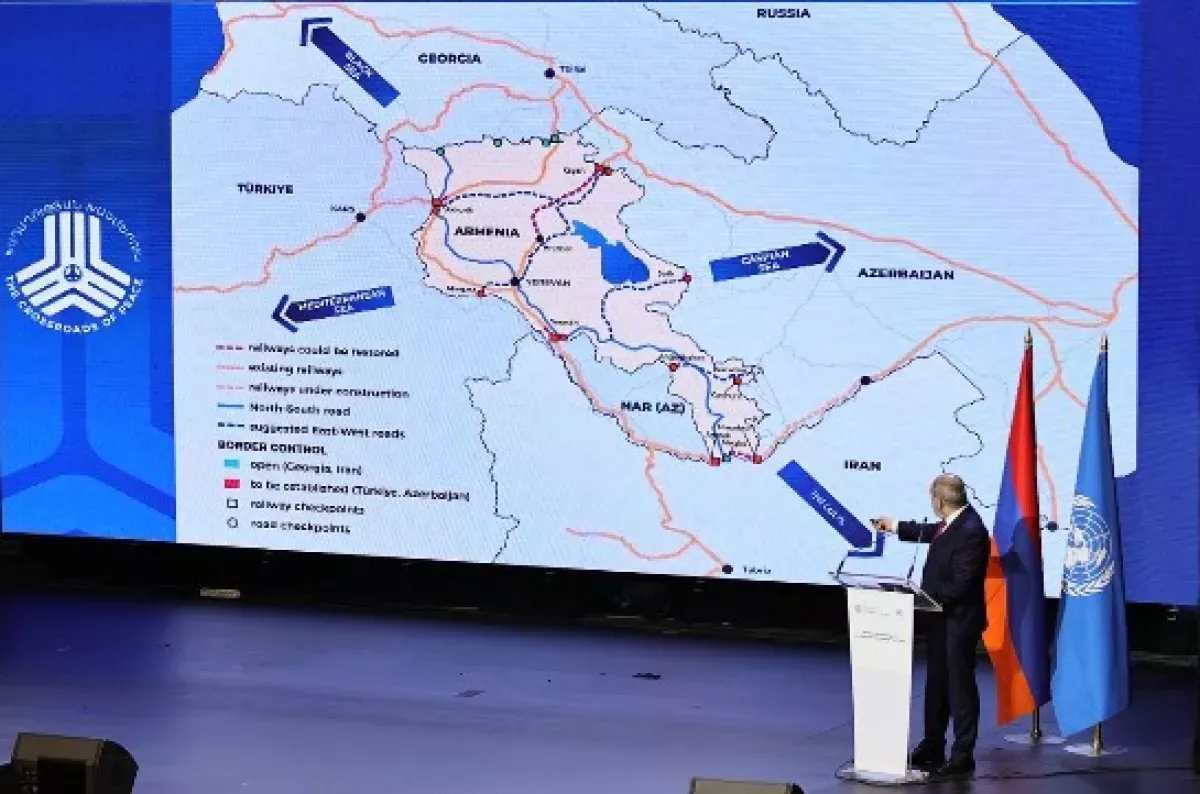
"Azerbaijan is concerned that Armenia may receive tens of billions of dollars in revenue from the 'Crossroads of Peace' project. Azerbaijan believes these funds could be used to enhance Armenia's defence capabilities, potentially directed against Azerbaijan. However, these fears can be alleviated, as Armenia has repeatedly stated at the highest levels that it has no ambitions regarding Azerbaijan. Azerbaijan's statements about lifting the blockade suggest a scenario in which Azerbaijan wants to use Armenia's transport infrastructure while keeping Armenia under blockade, which is unacceptable for Armenia," emphasized Pashinyan.
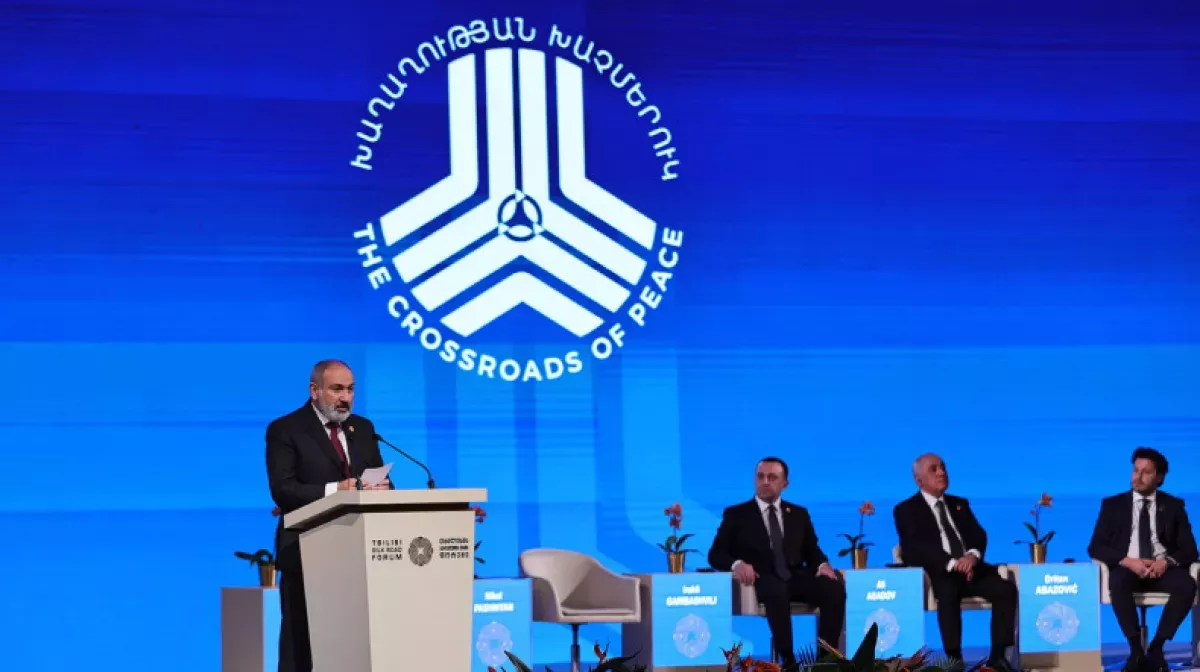
His claims about the upcoming receipt of tens of billions of dollars sound very enticing to many Armenians, but how realistic are they? Caliber.Az asked this question to the renowned transport expert Rauf Agamirzayev, who presented compelling arguments against Pashinyan's "transit itch."
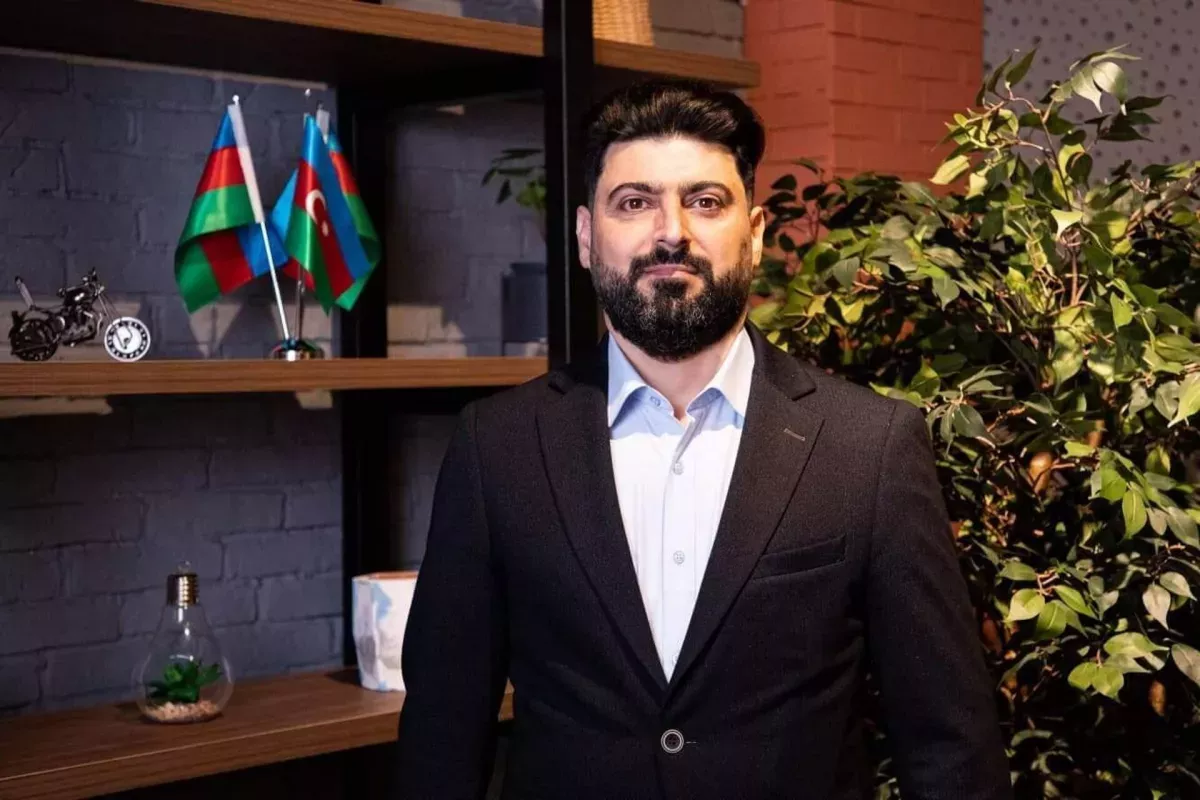
“Pashinyan introduced the so-called ‘Crossroads of Peace’ exactly a year ago. A year has passed, and nothing has changed... Why? Because he hasn't taken any steps toward Azerbaijan—he hasn’t opened the border or communication routes. Azerbaijan and Armenia share the longest border with each other, stretching 1,007.1 kilometres. Yet, there are no roads, neither automotive nor railway, connecting our two countries. In fact, Armenia has not undertaken any efforts toward Azerbaijan; even the existing railway was dismantled. Furthermore, there is no progress toward Türkiye either. So, at this point, Armenia, as a country, remains a transportation dead end. There is an entrance, but no exit.
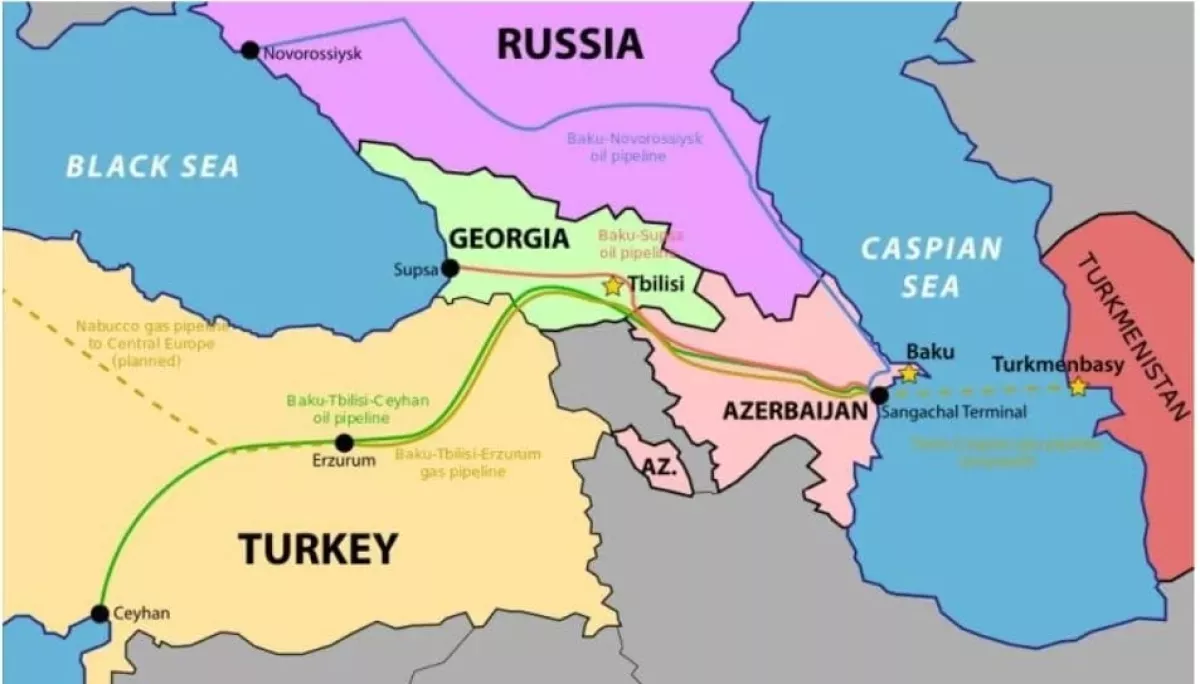
Yes, they are constructing the ‘North-South’ road route, but this is mountainous terrain, and road transport is limited for objective reasons; you can't transport much with trucks. There needs to be a railway, and that would run through Azerbaijan (either through Nakhchivan or the Zangezur corridor, allowing access to Azerbaijan and Türkiye). So, for now, Pashinyan's words are nothing more than a nice toast or a wish, but nothing substantial.
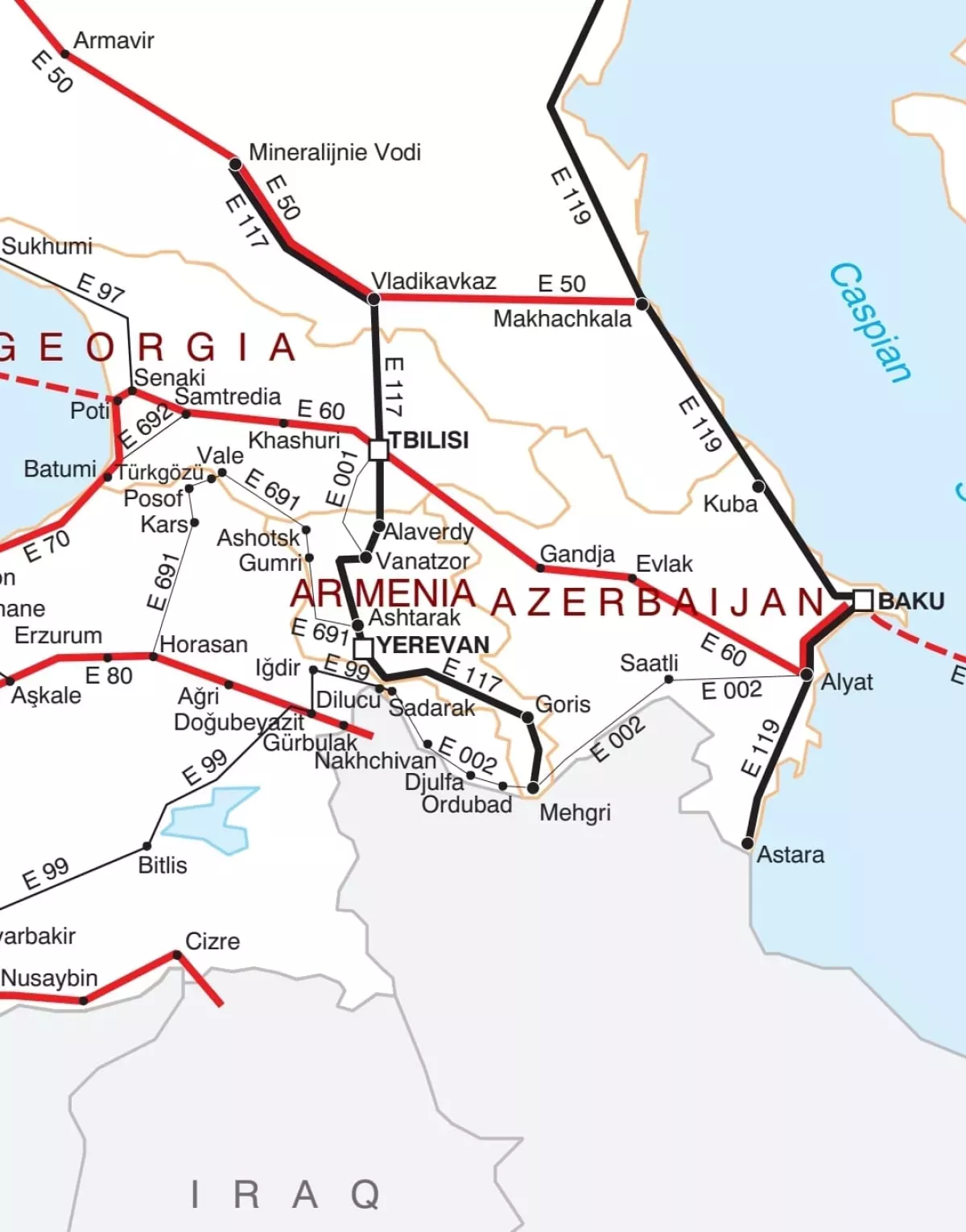
Azerbaijan, on the other hand, has not been idle. We initiated and implemented the Baku-Tbilisi-Kars project, building a railway that faced opposition from all sides. However, this railway is now operational, and, most importantly, interest in it is growing day by day. Additionally, Azerbaijan is pursuing an alternative to the Zangezur corridor—the Araz corridor through Iranian territory, which will connect mainland Azerbaijan with Nakhchivan and Türkiye.
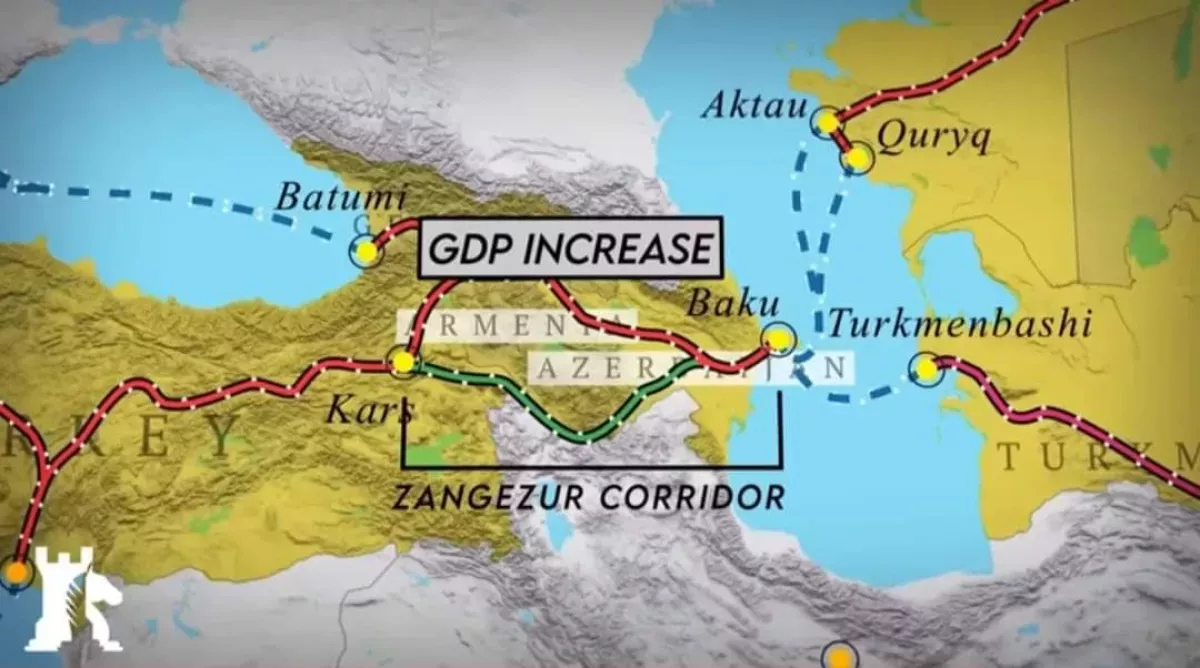
There is also information about the commencement of construction by the company "Colin and Chingiz" for the railway connecting Kars–Igdir–Dilucu–Nakhchivan, effectively creating a Caucasus ring. There is a northern route via Baku-Tbilisi-Kars, and the southern route will be Alat–Horadiz–Nakhchivan–Kars. As we can see, these projects do not involve Armenia. If Armenia reaches an agreement with Azerbaijan, communications will naturally be opened, and Armenia will also connect to these projects.
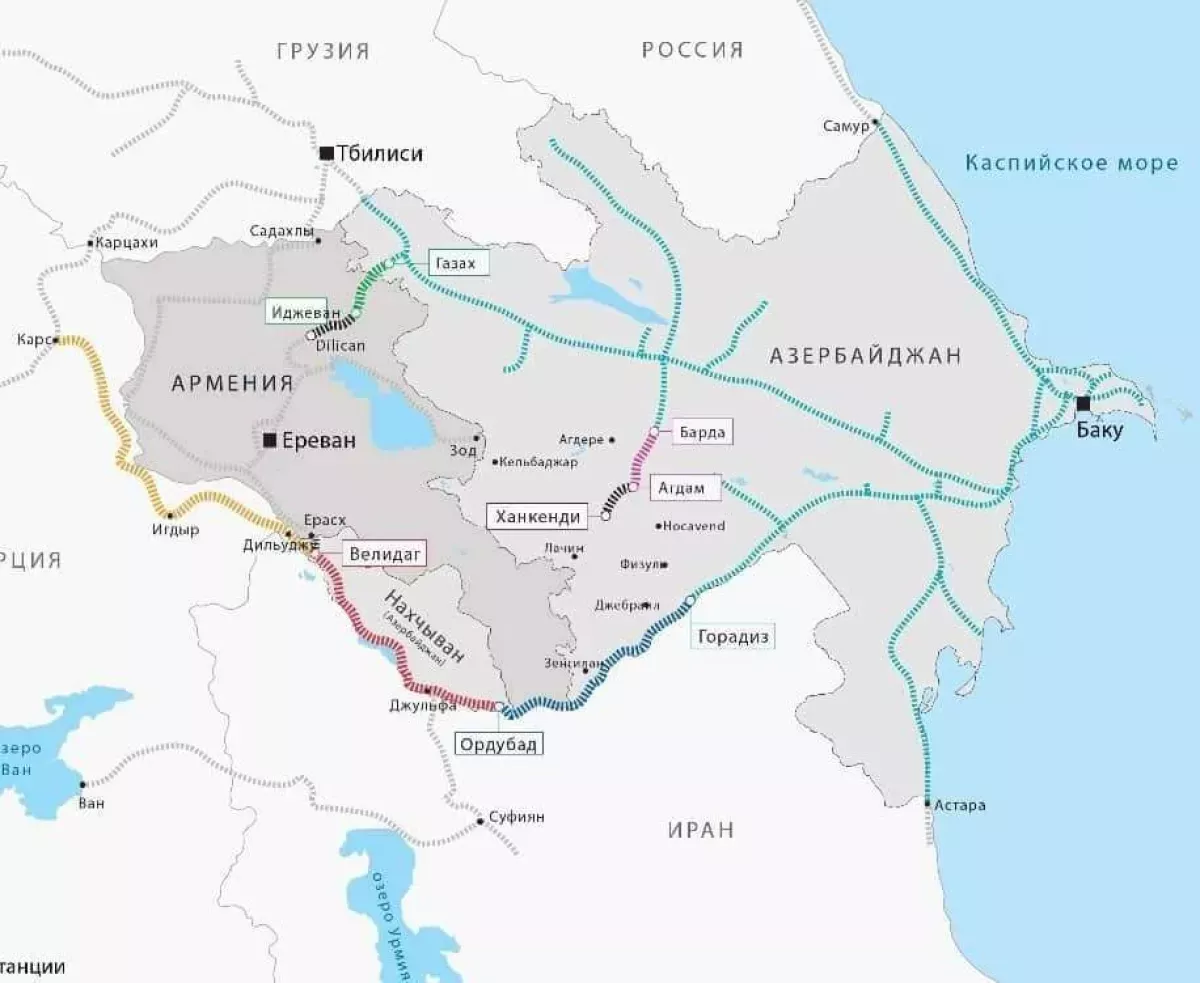
At the moment, Azerbaijan is a key player, offering its communications across various directions—maritime and road transport, pipelines, airports, and railways.
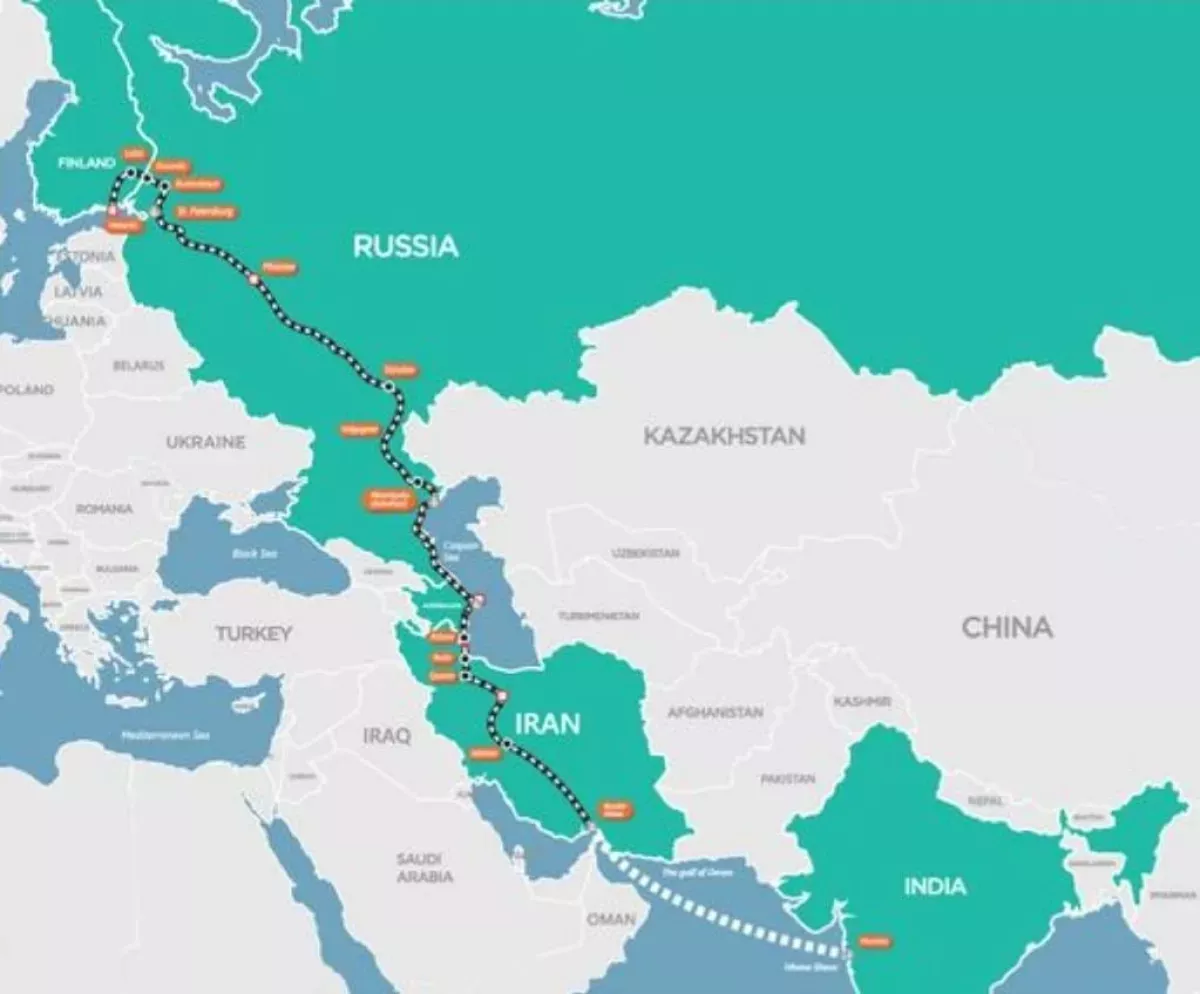
In other words, we represent five modes of transport, which enhances both the significance of our country and its transport potential.
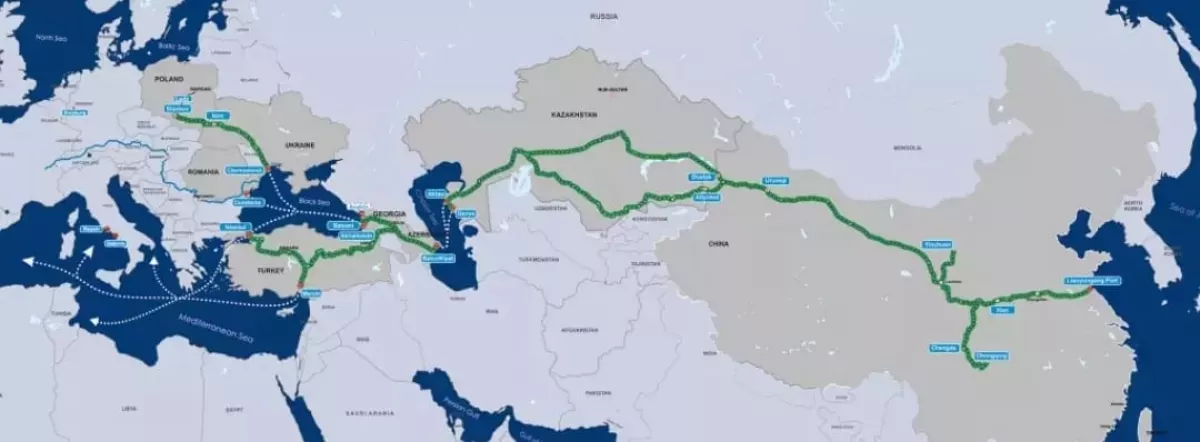
Additionally, based on new realities, new options are emerging—plans to lay an optical fibre internet cable from Europe to Asia, connecting the two continents, as well as an energy cable (green energy) from Uzbekistan and Kazakhstan to Azerbaijan and then through Georgia to the bottom of the Black Sea, reaching Romania and the European Union.
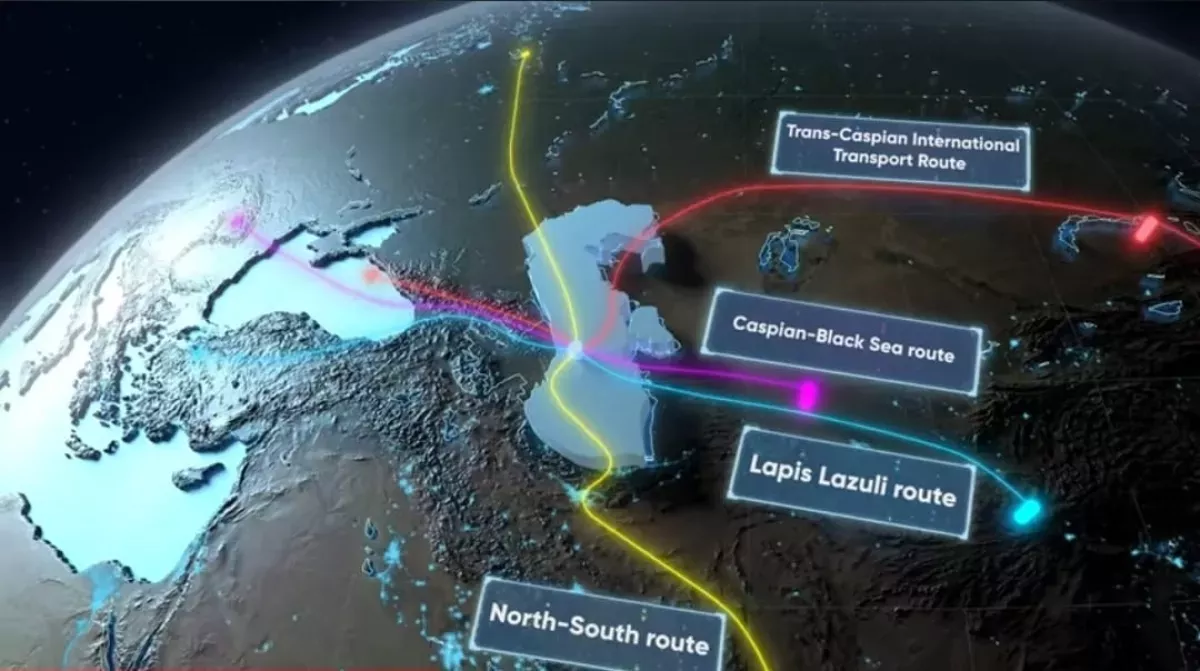
In recent years, Azerbaijan has been actively implementing and planning various transport projects. From the closed basin of the Caspian Sea, we are not only entering the global market ourselves but also providing our infrastructure to other countries.
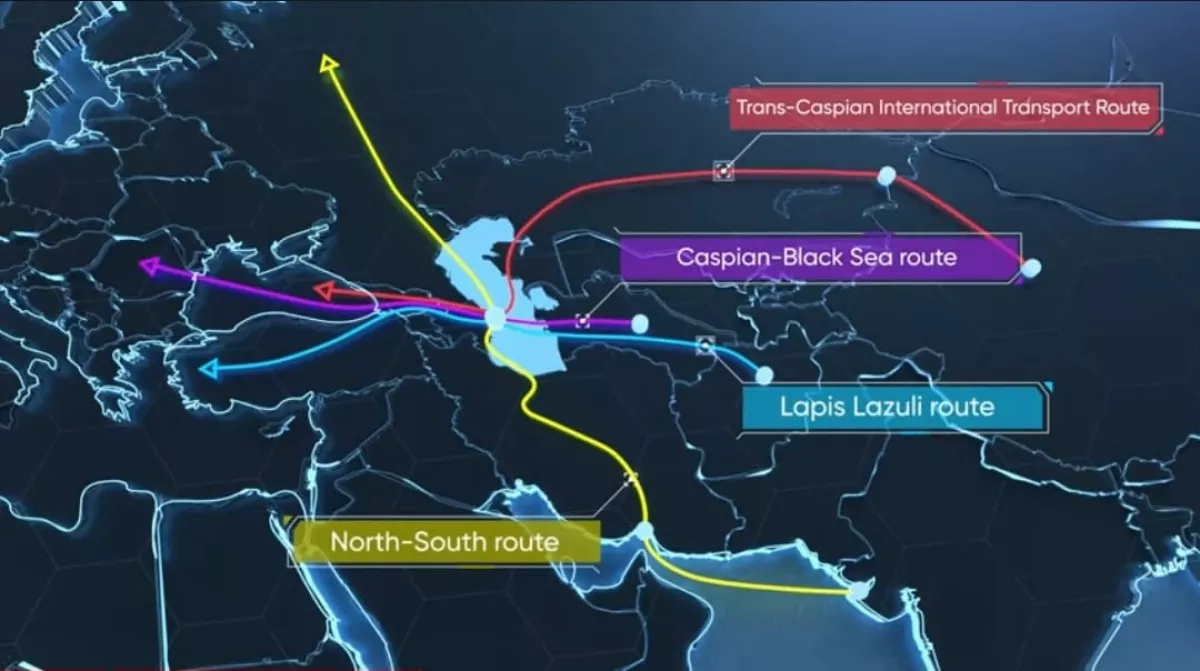
As a result, for instance, Central Asian countries, Afghanistan, and others can access global markets through our infrastructure. This means that both Central Asian nations and Balkan countries, as well as states in the Black Sea basin, are interested in these communications and roads, and our projects connect them like a bridge,” the expert emphasized.
According to him, given that the Houthis at the southern tip of the Arabian Peninsula are attacking tankers and other civilian vessels, and that large-scale military actions continue in Ukraine, there is a need for alternative, safe, and stable land transport routes.
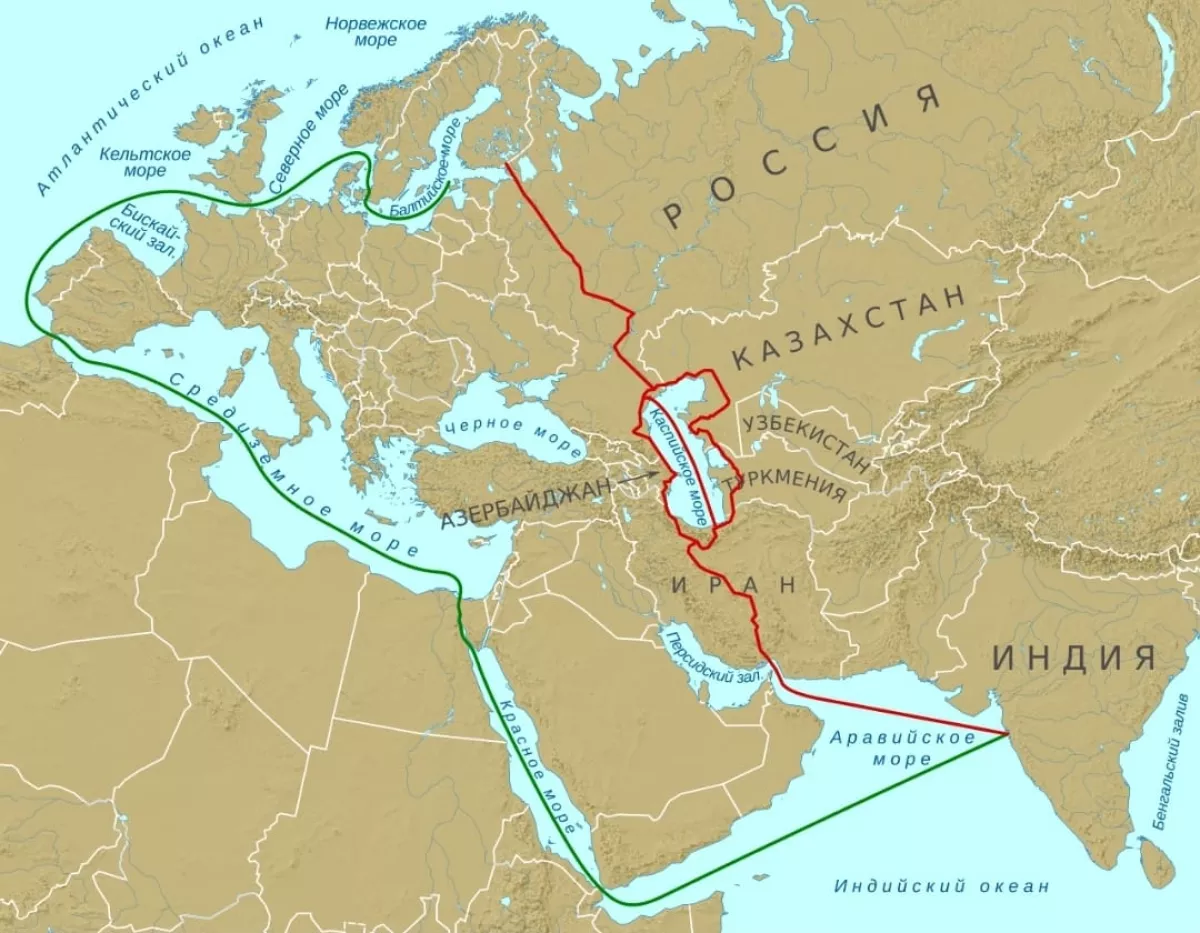
"This includes the 'One Belt, One Road' project, TRACECA, the Lapis Lazuli Corridor, and the multimodal Trans-Eurasian route that connects Asia with Europe (in which Azerbaijan and the Alat port are involved), the Middle Corridor, and more.
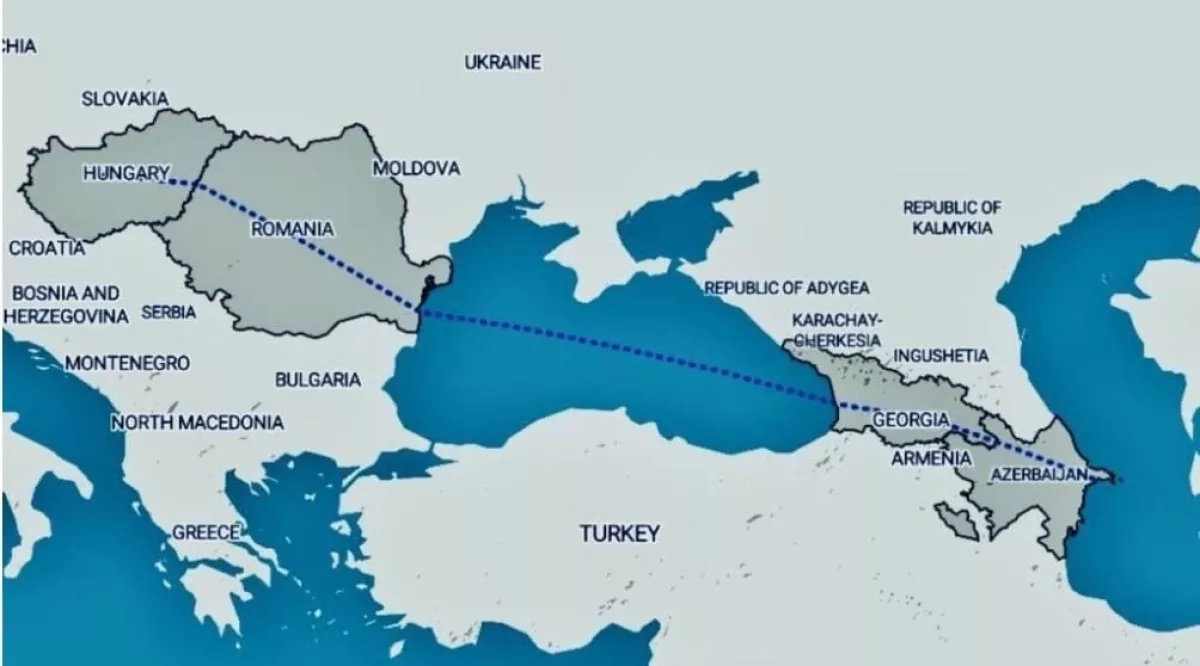
We have the Alat and Hovsan ports, highways, and a modernized railway line to Tbilisi, with the Horadiz–Aghband railway under construction and plans for a future line from Yevlakh to Balakan, among others.
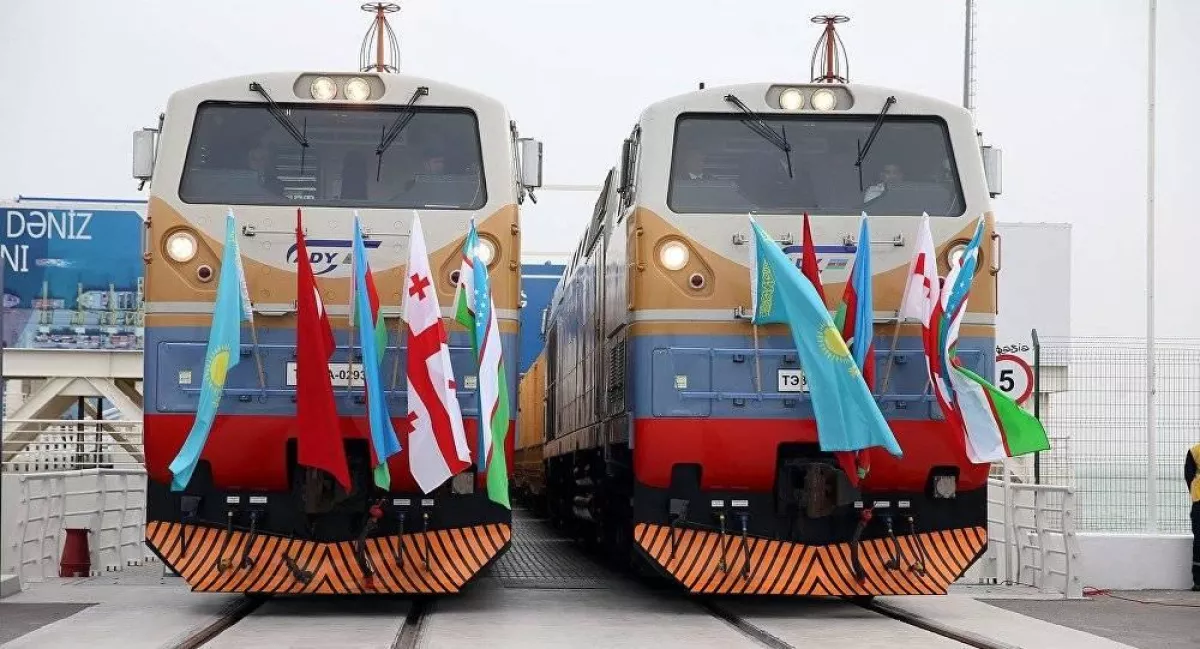
This means Azerbaijan offers various modes of transport and different logistics solutions for various cargo.
What does Armenia have? Only words and no construction—just a dead end for the region. Without a developed infrastructure, Armenia will not be able to earn billions from transit, as Pashinyan claims, even in decades.
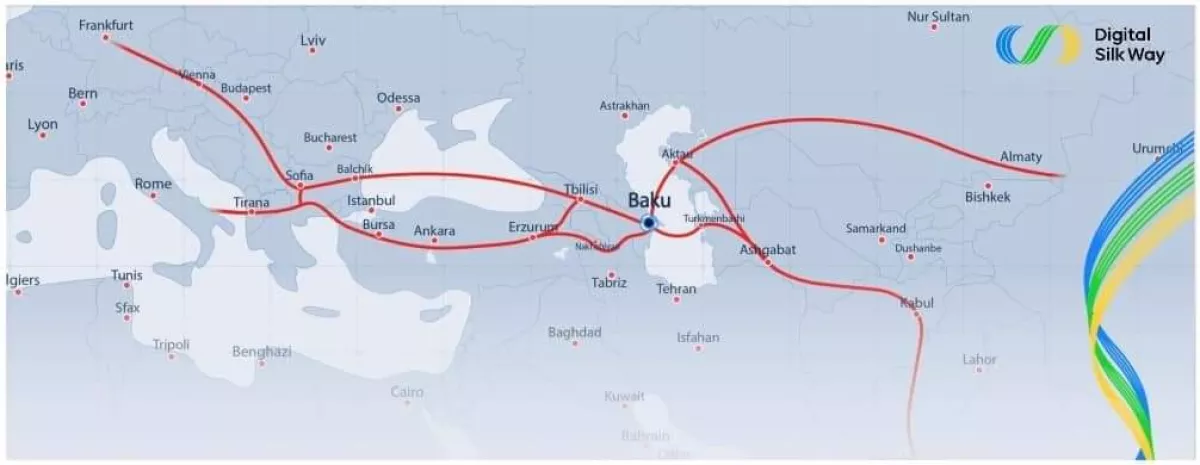
One can present wishes as reality, but in the Caucasus, all roads and freight transport arteries lead to Baku, and this is not just words," Agamirzayev emphasized.








